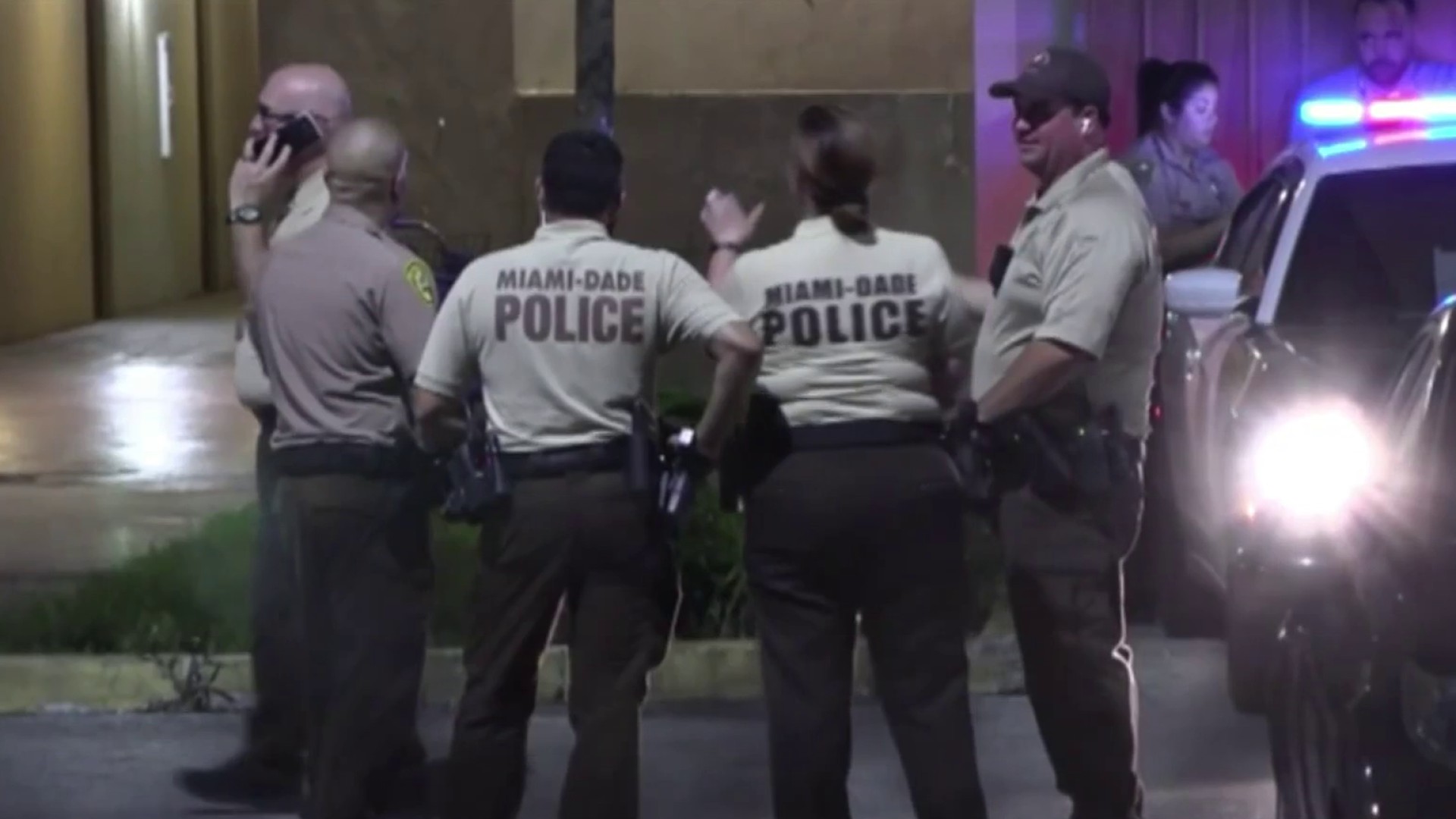While Miami was growing as a bustling city, so was segregation. Blacks were restricted as to where they could go and where they could live.
That created the formation of what was called Colored Town, which is now known as Overtown. There’s a long rich history that’s been documented by the Black Archives History & Research Foundation of South Florida.
The history is currently on display for the public during an exhibition called 'If These Streets Could Talk: An Historic Exploration of Black Miami' at the Black Archives Historic Lyric Theater Cultural Arts Complex.
Residents in Overtown played a meaningful role in the city’s development. According to Black Archives founder Dr. Dorothy Jenkins Fields, these pioneers built South Florida’s railroads and hotels.
Get South Florida local news, weather forecasts and entertainment stories to your inbox. Sign up for NBC South Florida newsletters.
Fields said the exhibit is focused on telling the story of Black Miami while including personal buildouts of landmark buildings from Miami’s Black past.
”These are the same people who laid the rails so there could be a Brightline," Fields said. "They helped put the infrastructure in for tourism. They helped make the magic, so people could come and enjoy the sun and the fun.”
The exhibit is a tribute to Miami’s pioneering families and explores the origins of Overtown in it’s heyday. Visitors can walk through Good Bread Alley, known for the smell of freshly baked bread in the area, and the shotgun homes that lined the street.
Local
Christian Hospital, established in 1918, after Jackson Memorial Hospital refused to treat the black patients, is also on display.
Free ticket registration for both exhibits is available by clicking on this link.



